From provisioning to observability to protection, HPE’s expanding cloud software suite targets the repatriation wave.
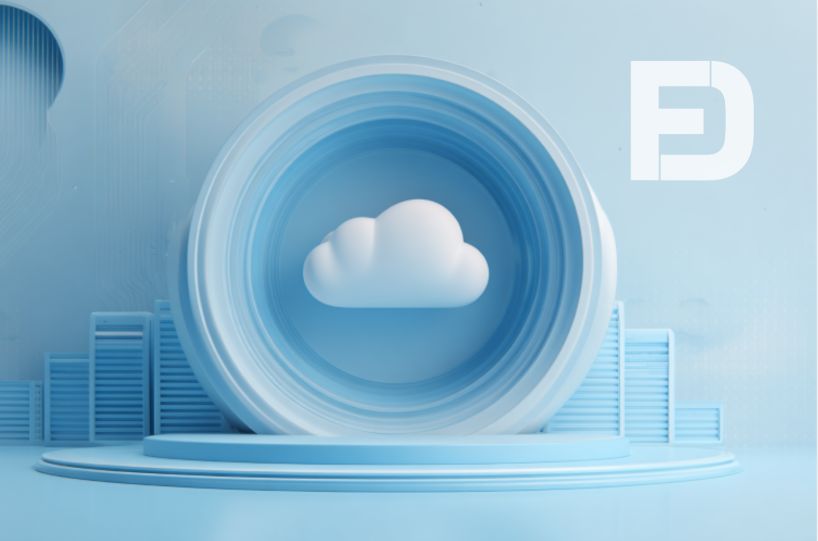
From provisioning to observability to protection, HPE’s expanding cloud software suite targets the repatriation wave.


































.png)





















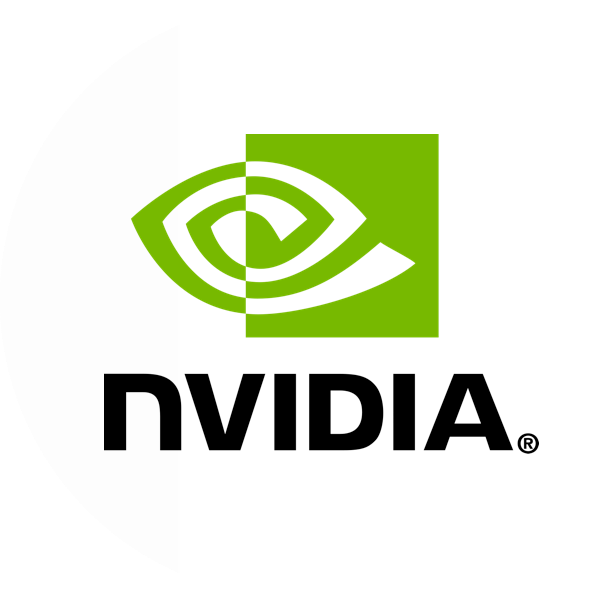








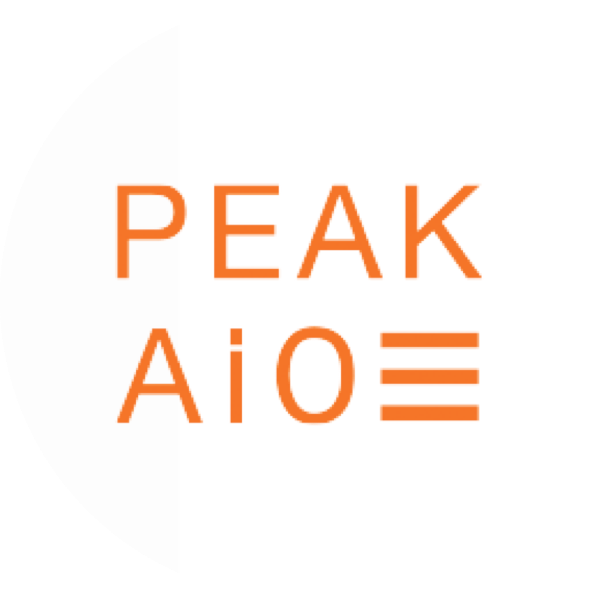



























































.png)

























































Presenting at Cloud Field Day 24, Pure pitched fleet-level automation across mixed environments as the antidote to storage silos, promising one control plane for legacy systems and modern workloads.

In the Arena: Allyson Klein with Axelera CMO Alexis Crowell on inference-first AI silicon, a customer-driven SDK, and what recent tapeouts reveal about the roadmap.
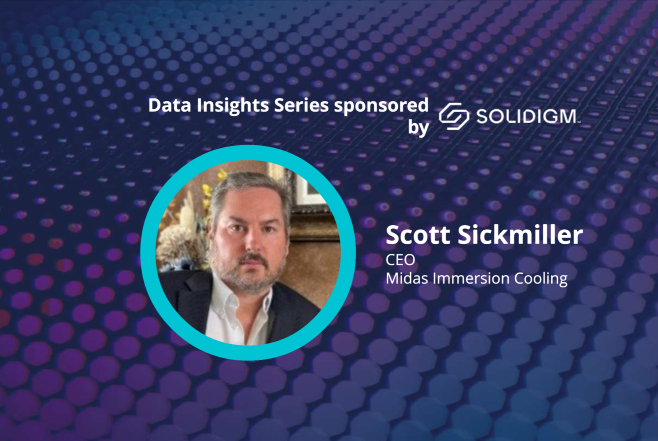
Midas Immersion Cooling CEO Scott Sickmiller joins a Data Insights episode at OCP 2025 to demystify single-phase immersion, natural vs. forced convection, and what it takes to do liquid cooling at AI scale.
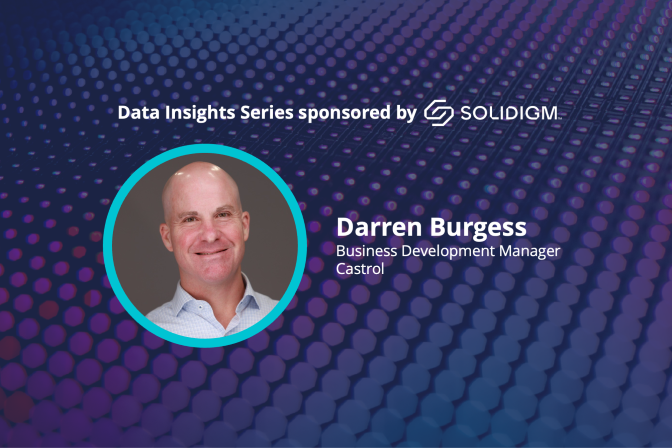
From hyperscale direct-to-chip to micron-level realities: Darren Burgess (Castrol) explains dielectric fluids, additive packs, particle risks, and how OCP standards keep large deployments on track.

By rethinking how data flows between storage, memory, and compute, organizations unlock performance improvements impossible through isolated optimization.
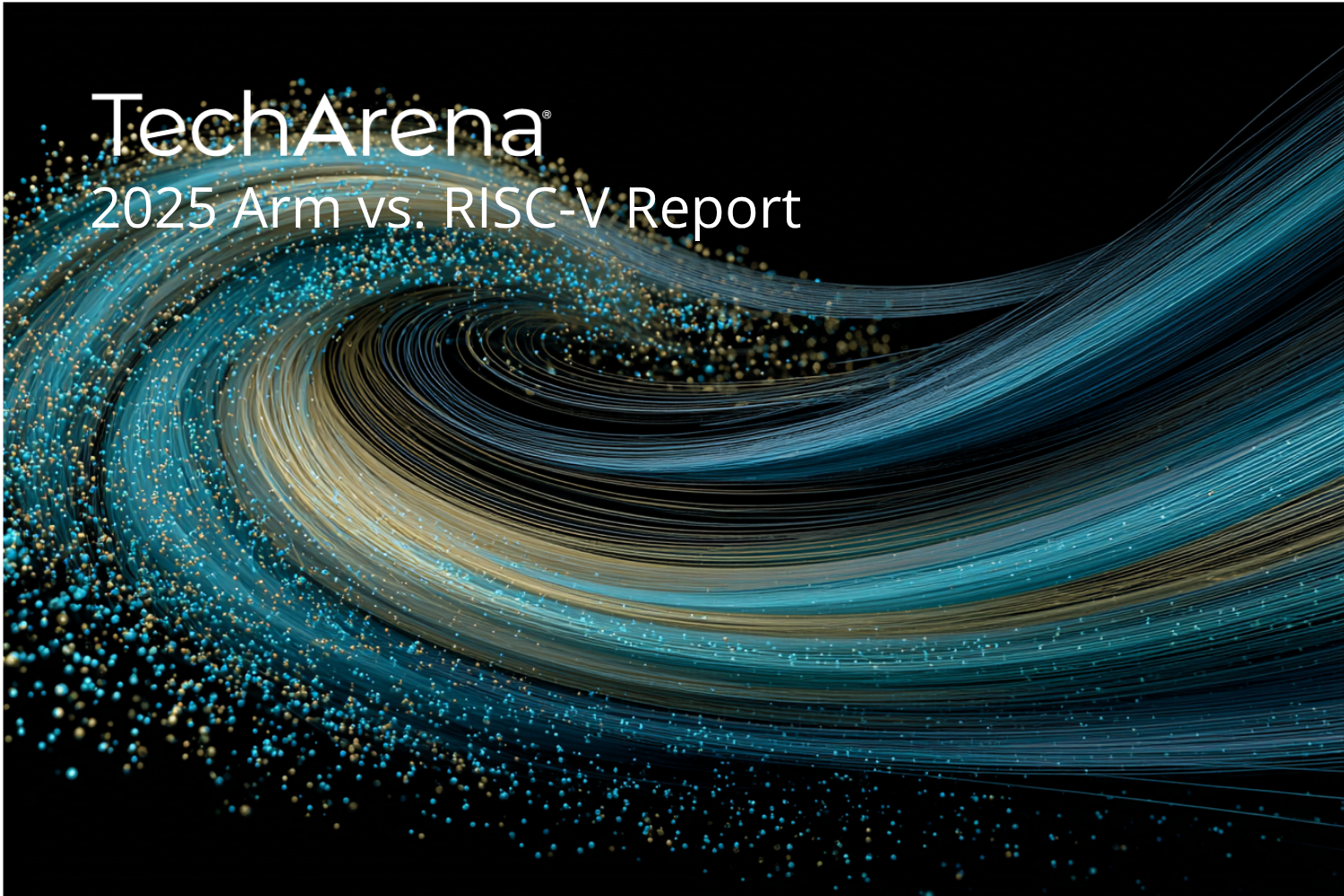
A 2025 field guide for architects: why Arm’s software gravity and hyperscaler adoption make it the low-friction path today, where RISC-V is gaining ground, and the curveballs that could reshape both.

In this episode of Data Insights, host Allyson Klein and co-host Jeniece Wnorowski sit down with Dr. Rohith Vangalla of Optum to discuss the future of AI in healthcare.

Industry leaders reveal why data-centric, change-ready data center architectures will determine who thrives in the age of unpredictable AI advancements.

From OCP San Jose, PEAK:AIO’s Roger Cummings explains how workload-aware file systems, richer memory tiers, and capturing intelligence at the edge reduce cost and complexity.
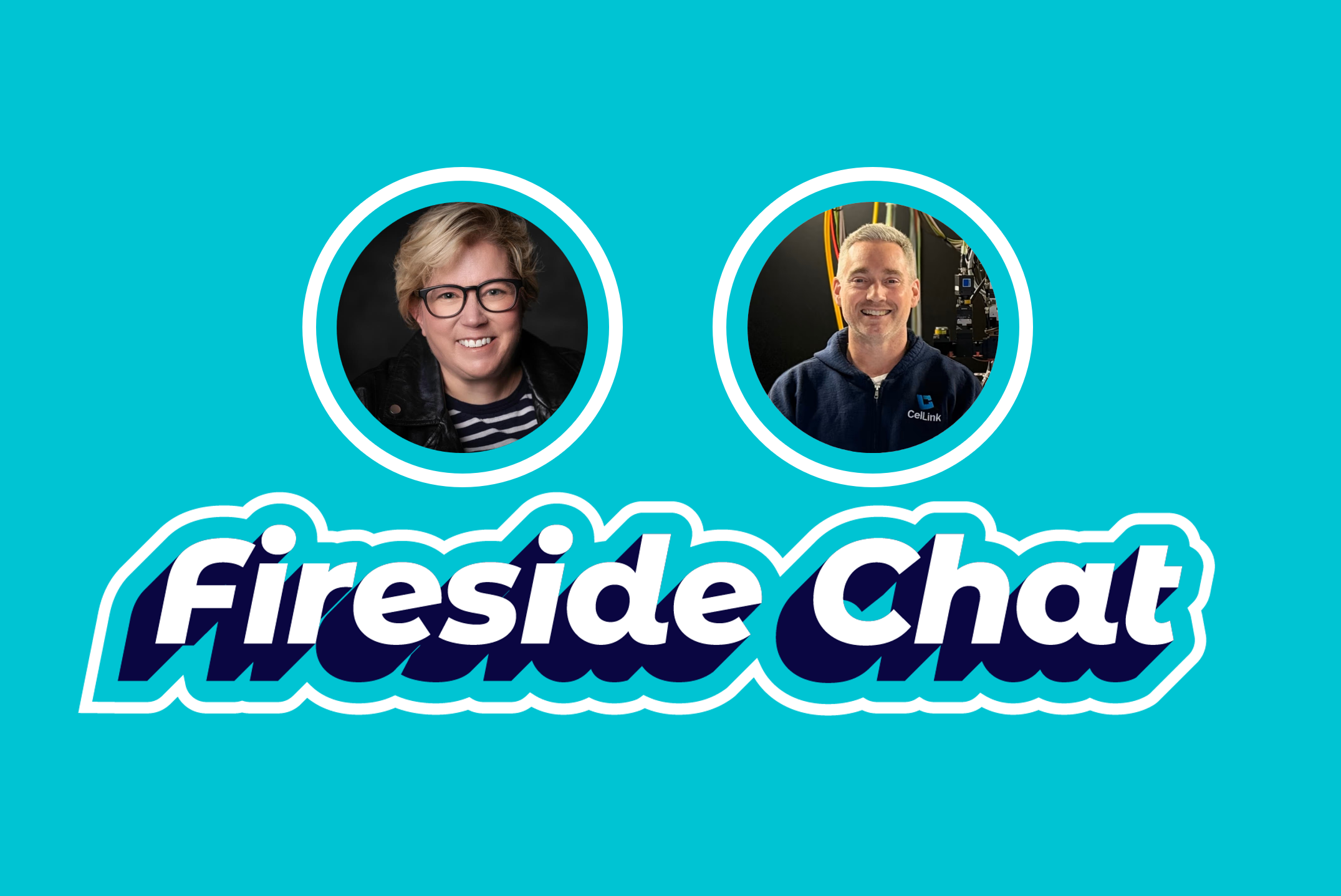
Innovative power delivery unlocks a shift in data-center design. CelLink PowerPlane routes thousands of amps in a flat, flexible circuit—cutting cabling and accelerating AI factory builds.
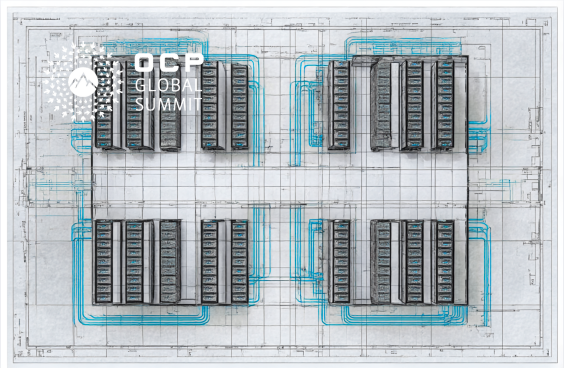
Helios puts “rack as product” in market, Intel’s rack-scale vision shows up on the floor, and vendors from Giga Computing to Rack Renew turn open specs into buyable racks, pods—and faster time-to-online.
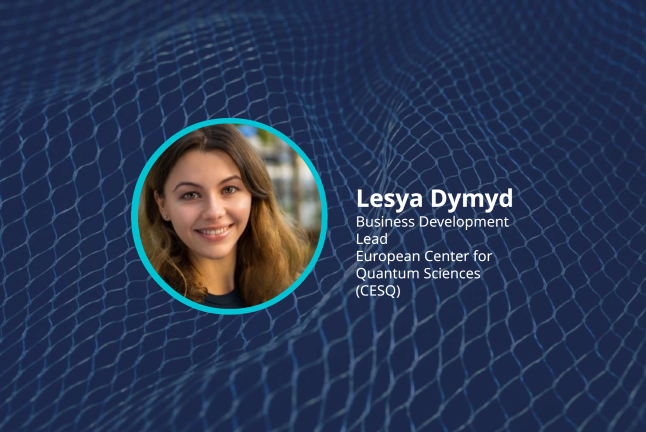
Recorded live at OCP in San Jose, Allyson Klein talks with CESQ’s Lesya Dymyd about hybrid quantum-classical computing, the new Maison du Quantique, and how real-world use cases may emerge over the next 5–7 years.
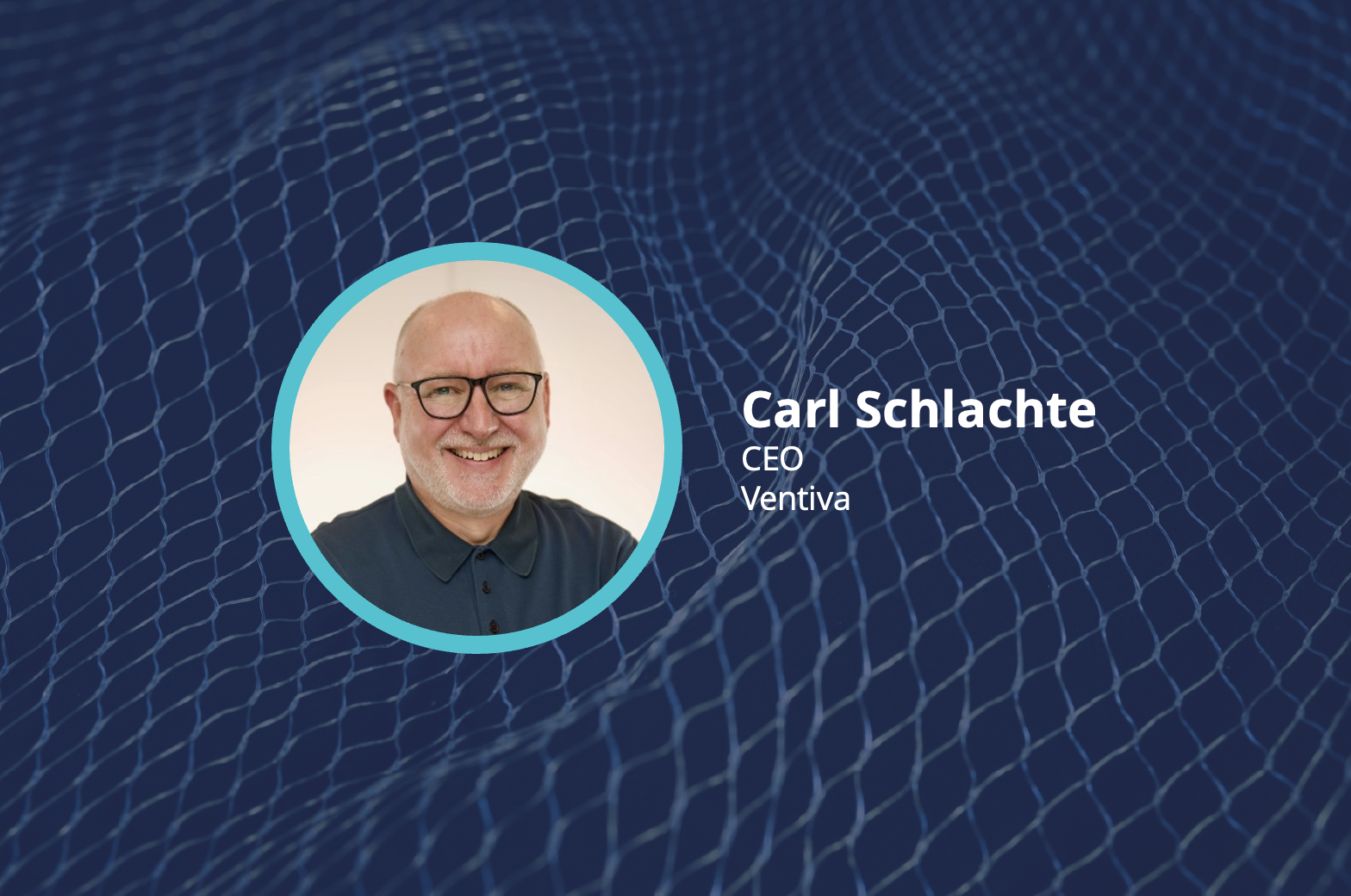
CEO Carl Schlachte joins TechArena at OCP Summit to share how Ventiva’s solid-state cooling—proven in dense laptops—scales to servers, cutting noise, complexity and power while speeding deployment.
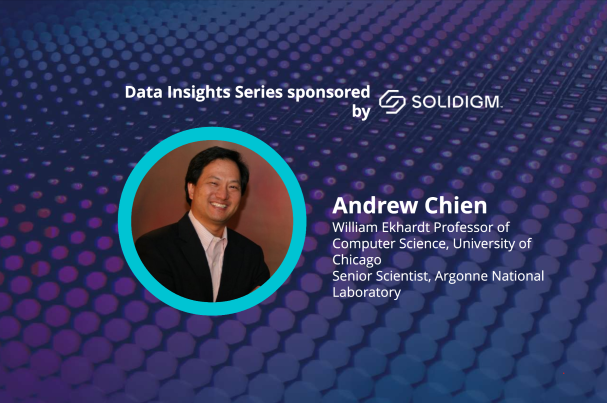
From OCP Summit San Jose, Allyson Klein and co-host Jeniece Wnorowski interview Dr. Andrew Chien (UChicago & Argonne) on grid interconnects, rack-scale standards, and how openness speeds innovation.
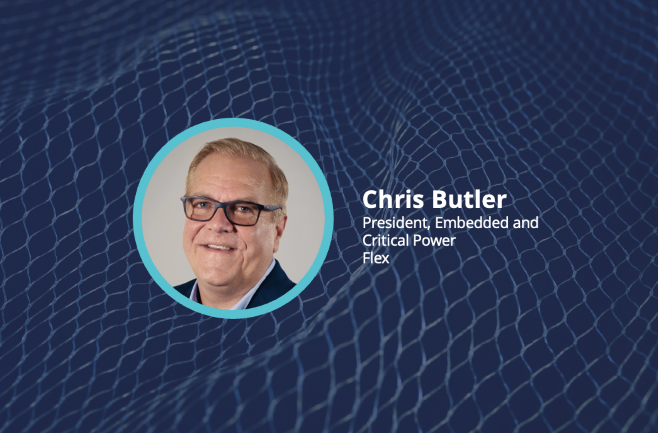
From the OCP Global Summit in San Jose, Allyson Klein sits down with Chris Butler of Flex to unpack how the company is collapsing the gap between IT and power—literally and figuratively.
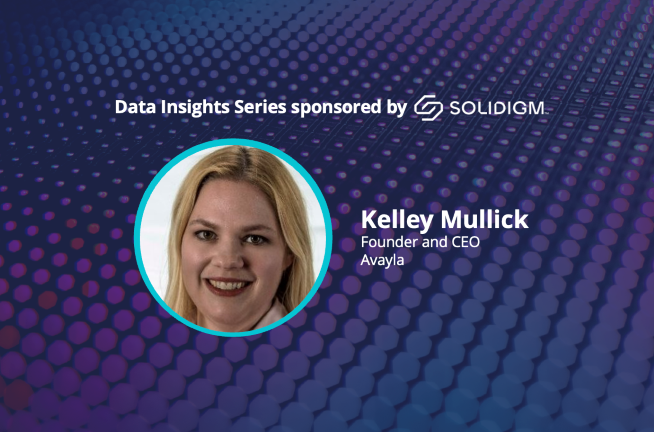
From OCP Summit 2025, Kelley Mullick joins Allyson Klein and co-host Jeniece Wnorowski for a Data Insights episode on rack-scale design, hybrid cooling (incl. immersion heat recapture), and open standards.
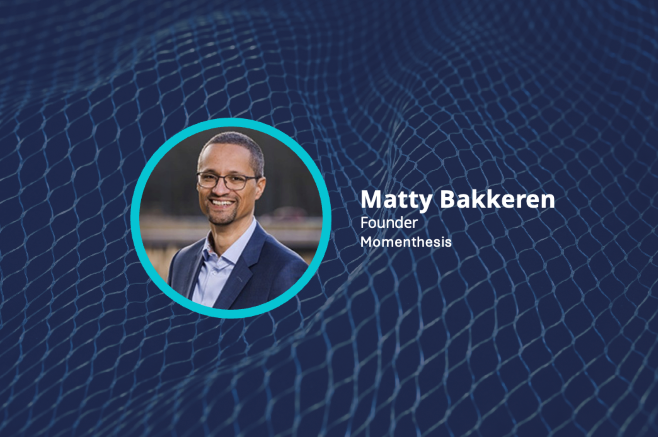
At OCP’s 2025 global summit, Momenthesis founder Matty Bakkeren joins Allyson Klein to explore why open standards and interoperability are vital to sustaining AI innovation at datacenter scale.
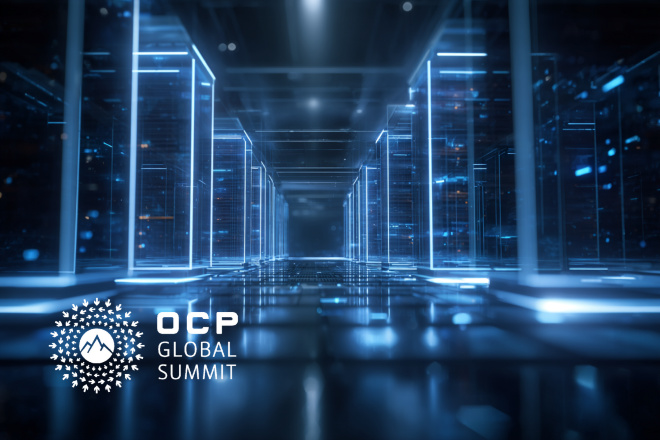
Open collaboration just leveled up: OCP pushes shared specs from rack to data center—power, cooling, networking, and ops—so AI capacity can scale faster, with less friction and more choice.
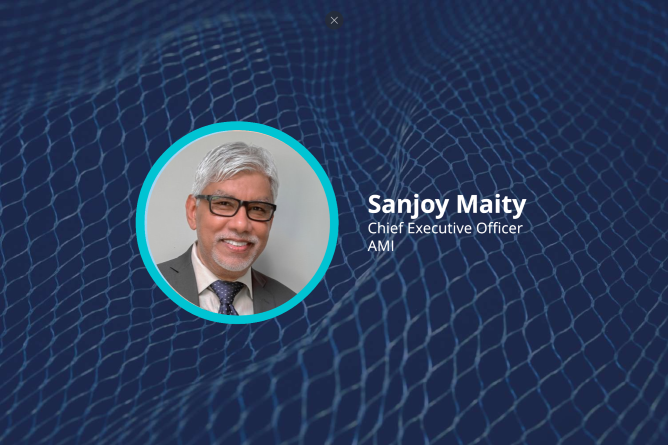
AMI CEO Sanjoy Maity joins In the Arena to unpack the company's shift to open source firmware, OCP contributions, OpenBMC hardening, and the rack-scale future—cooling, power, telemetry, and RAS built for AI.

Appointment to Open Compute Project Foundation board of directors, contribution of Foundation Chiplet System Architecture (FCSA) spec underscore Arm’s ascendency in hyperscale, AI data centers.
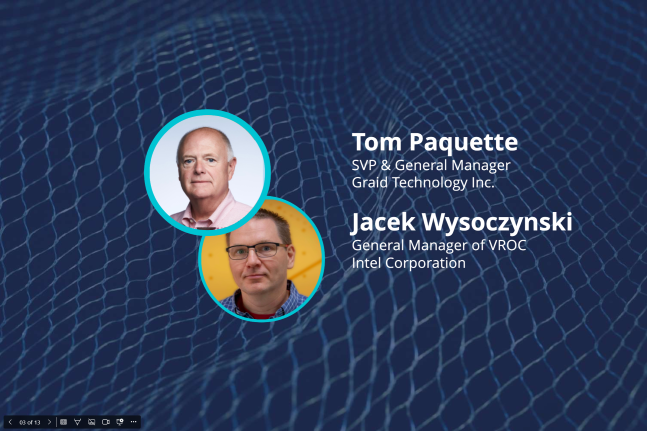
Graid Technology takes on Intel VROC licensing for data center and workstation customers, extending its RAID portfolio to offer both CPU-integrated and GPU-accelerated solutions.

As AI spreads across industries, MLPerf is evolving from niche training benchmarks to a shared performance yardstick for storage, automotive, and beyond, capturing a pivotal 2025 moment.

CelLink’s ultrathin flex harnessing ushers in a new era in compute infrastructure innovation, cutting cable volume by up to 90% and boosting density, reliability, and efficiency.
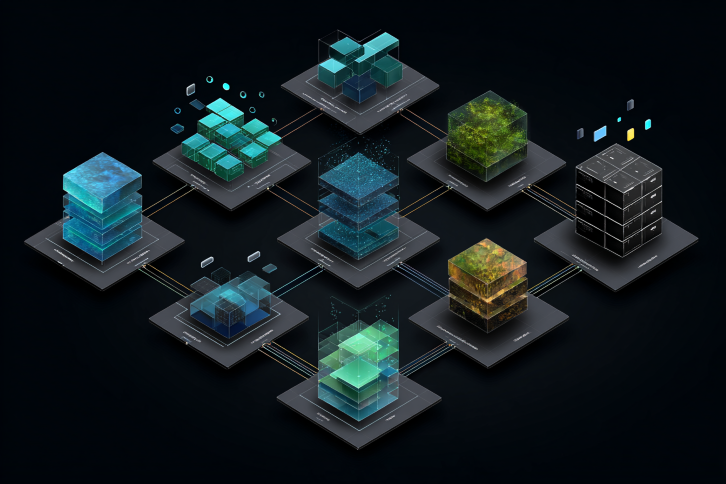
As AI workloads push storage power consumption higher, the path to true storage efficiency demands systems-level thinking including hardware, software, and better metrics for picking the right drives.
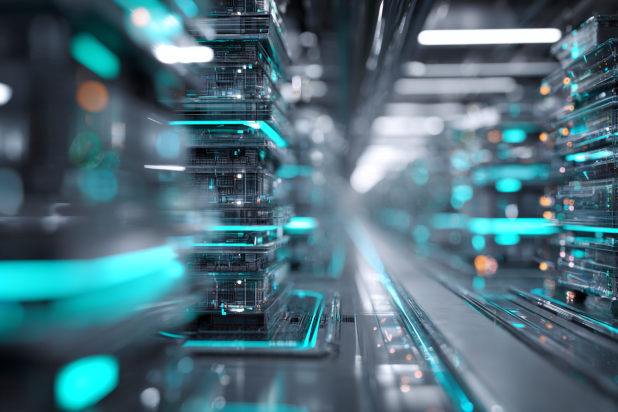
As AI workloads scale, cooling must evolve. Iceotope’s liquid cooling technology is a paradigm shift for datacenter and edge infrastructure deployment.
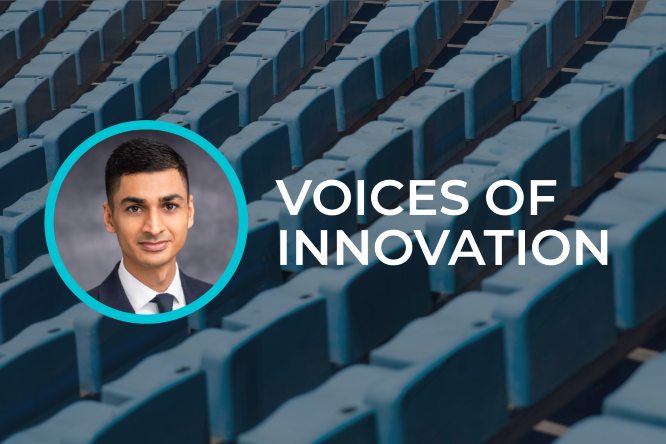
From Citibank to Amazon to AI governance, Bhavnish Walia’s career blends fintech, compliance, and ethical AI. In this Q&A, he shares his innovation framework and vision for augmented creativity.
In the Arena: Allyson Klein with Axelera CMO Alexis Crowell on inference-first AI silicon, a customer-driven SDK, and what recent tapeouts reveal about the roadmap.
By rethinking how data flows between storage, memory, and compute, organizations unlock performance improvements impossible through isolated optimization.
In this episode of Data Insights, host Allyson Klein and co-host Jeniece Wnorowski sit down with Dr. Rohith Vangalla of Optum to discuss the future of AI in healthcare.
As AI spreads across industries, MLPerf is evolving from niche training benchmarks to a shared performance yardstick for storage, automotive, and beyond, capturing a pivotal 2025 moment.
Presenting at Cloud Field Day 24, Pure pitched fleet-level automation across mixed environments as the antidote to storage silos, promising one control plane for legacy systems and modern workloads.
Midas Immersion Cooling CEO Scott Sickmiller joins a Data Insights episode at OCP 2025 to demystify single-phase immersion, natural vs. forced convection, and what it takes to do liquid cooling at AI scale.
From hyperscale direct-to-chip to micron-level realities: Darren Burgess (Castrol) explains dielectric fluids, additive packs, particle risks, and how OCP standards keep large deployments on track.
A 2025 field guide for architects: why Arm’s software gravity and hyperscaler adoption make it the low-friction path today, where RISC-V is gaining ground, and the curveballs that could reshape both.
Veteran technologist and TechArena Voice of Innovation Robert Bielby reflects on a career spanning hardware, product strategy, and marketing — and shares candid insights on innovation, AI, and the future of the automotive industry.
Bradbrook shares principles behind Antillion’s edge platforms—usability, fast iteration, real-world testing—and why the metric that matters most is durable value: tech that still works a decade later.
Dell and Solidigm explore how flash storage is transforming creative pipelines—from real-time rendering to AI-enhanced production—enabling faster workflows and better business outcomes.
OnLogic's Hunter Golden reveals how enterprises can deploy effective AI at the edge with right-sized hardware, lower costs, and even better performance than cloud alternatives.
Through digital twin modeling and hardware testing, this Ansys and Rohde & Schwarz collaboration empowers developers to optimize RF systems in lab environments with real-world fidelity.
After a DOJ settlement, HPE’s $14B Juniper acquisition is set to close, paving the way for a new wave of AI-native networking innovation built for cloud, enterprise, and edge.
In this Data Insights episode, Andrew De La Torre discusses how Oracle is leveraging AIOps to enable automation and optimize operations, transforming the future of telecom.
In this episode of In the Arena, Palo Alto Networks’ Dharminder Debisarun explores the challenges of securing smart industries, preventing attacks, and staying ahead in an evolving threat landscape.
As GPU racks hit 150kW, throughput per watt has become the efficiency metric that matters, and SSDs are proving their worth over legacy infrastructure with 77% power savings and 90% less rack space.
Equinix’s Glenn Dekhayser and Solidigm’s Scott Shadley discuss how power, cooling, and cost considerations are causing enterprises to embrace co-location among their AI infrastructure strategies.
Two decades of action and bold milestones show why Schneider Electric is recognized as the world’s most sustainable company, driving impact across climate, resources, and digital innovation.
Explore myths, metrics, and strategies shaping the future of energy-efficient data centers with Solidigm’s Scott Shadley, from smarter drives to sustainability-ready architectures.
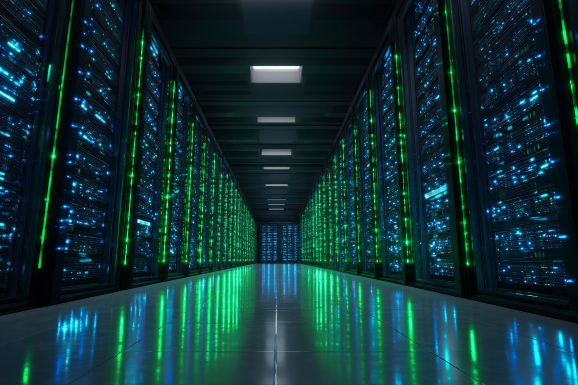
With explosive data growth and power demands forcing transformation, the future belongs to those who plan for what’s “next-next.”
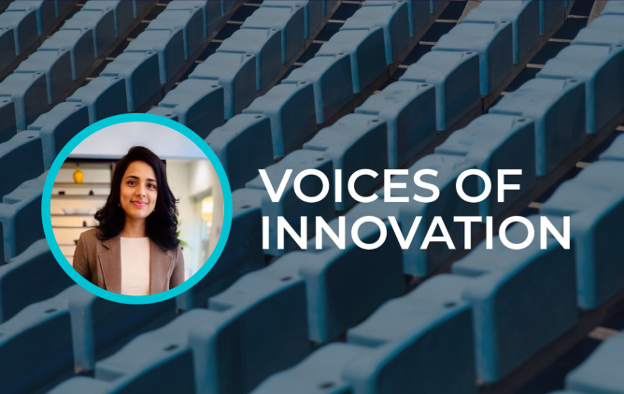
Voice of Innovation Anusha Nerella shares how fintech, AI, and responsible automation are reshaping the future and why true innovation is less about disruption and more about trust.

A landmark multi-year deal positions AMD as a core compute partner for OpenAI’s expanding AI infrastructure—diversifying its silicon base and reshaping GPU market dynamics.
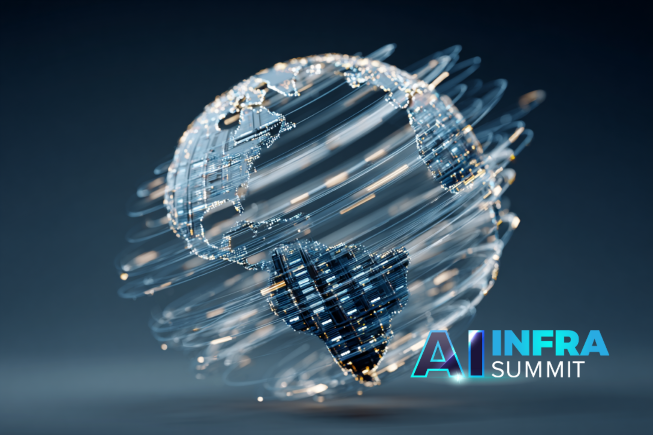
Rafay Systems is emerging as a key enabler of global AI infrastructure, helping enterprises and neoclouds operationalize large-scale deployments in the dawn of the AI era.
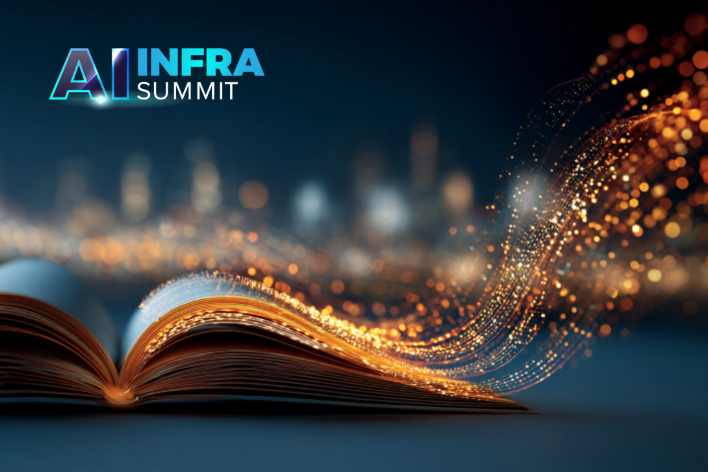
Daniel Wu joins TechArena and Solidigm on Data Insights to share his perspective on bridging academia and enterprise, scaling AI responsibly, and why trustworthy frameworks matter as AI adoption accelerates.
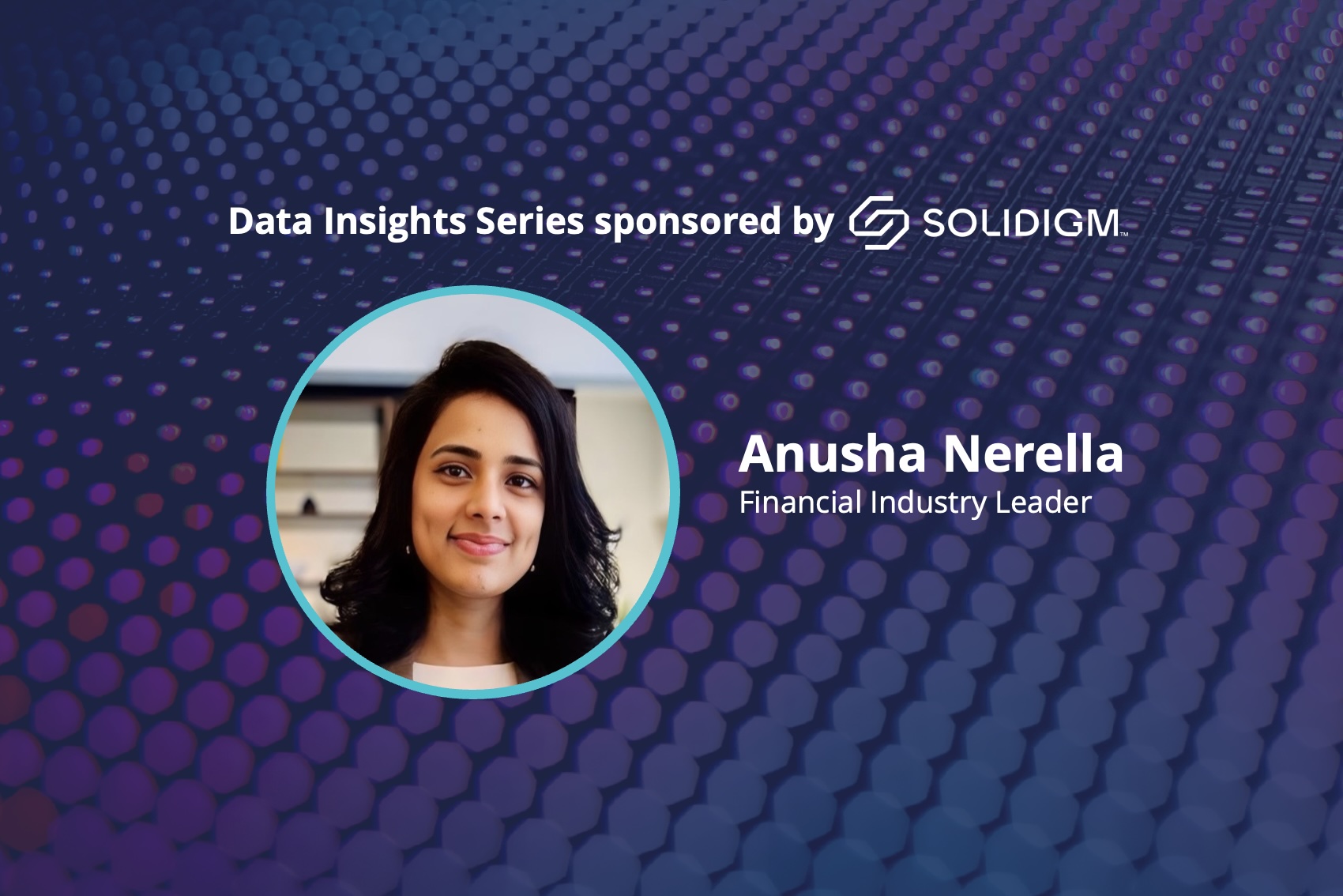
Anusha Nerella joins hosts Allyson Klein and Jeniece Wnorowski to explore responsible AI in financial services, emphasizing compliance, collaboration, and ROI-driven adoption strategies.
Dave Driggers, CEO of Cirrascale, breaks down what “compute efficiency” really means, from GPU utilization and TCO modeling to token-based pricing that drives predictable customer value.
From data center to edge, Arm is enabling full-stack AI efficiency, powering ecosystems with performance-per-watt optimization, tailored silicon, and software portability across environments.
Real-Time Energy Routing (RER) treats electricity like data—modular, dynamic, and software-defined—offering a scalable path to resilient, sustainable data center power.
Intel shares insights on Arm vs. x86 efficiency, energy goals for 2030, AI-driven power demands, and how enterprises can navigate compute efficiency in the AI era.
Ventiva CEO Carl Schlachte joins Allyson Klein to share how the company’s Ionic Cooling Engine is transforming laptops, servers, and beyond with silent, modular airflow.
Discover how JetCool’s proprietary liquid cooling is solving AI’s toughest heat challenges—keeping data centers efficient as workloads and power densities skyrocket.
Veteran technologist and TechArena Voice of Innovation Robert Bielby reflects on a career spanning hardware, product strategy, and marketing — and shares candid insights on innovation, AI, and the future of the automotive industry.
Bradbrook shares principles behind Antillion’s edge platforms—usability, fast iteration, real-world testing—and why the metric that matters most is durable value: tech that still works a decade later.
Dell and Solidigm explore how flash storage is transforming creative pipelines—from real-time rendering to AI-enhanced production—enabling faster workflows and better business outcomes.
OnLogic's Hunter Golden reveals how enterprises can deploy effective AI at the edge with right-sized hardware, lower costs, and even better performance than cloud alternatives.
Robert Bielby assesses his 2025 predictions for the automotive industry and examines Intel’s exit, China’s BYD beating Tesla, German market woes, and 8K display adoption.
By blending rugged design with Solidigm’s high-density SSDs, Antillion is redefining what’s possible in disconnected, real-time environments.
Through digital twin modeling and hardware testing, this Ansys and Rohde & Schwarz collaboration empowers developers to optimize RF systems in lab environments with real-world fidelity.
After a DOJ settlement, HPE’s $14B Juniper acquisition is set to close, paving the way for a new wave of AI-native networking innovation built for cloud, enterprise, and edge.
In this Data Insights episode, Andrew De La Torre discusses how Oracle is leveraging AIOps to enable automation and optimize operations, transforming the future of telecom.
In this episode of In the Arena, Palo Alto Networks’ Dharminder Debisarun explores the challenges of securing smart industries, preventing attacks, and staying ahead in an evolving threat landscape.
MWC is more than flashy demos—it’s where the future of AI, edge, and network automation takes shape. From agentic AI to fraud detection and public safety, these innovations are redefining real-world impact.
Silicon innovation is moving fast to meet AI’s growing demands. At MWC, industry leaders from AMD, Arm, Intel & more tackled edge AI, efficiency, and the urgency of accelerating AI in 5G networks.
As GPU racks hit 150kW, throughput per watt has become the efficiency metric that matters, and SSDs are proving their worth over legacy infrastructure with 77% power savings and 90% less rack space.
Equinix’s Glenn Dekhayser and Solidigm’s Scott Shadley discuss how power, cooling, and cost considerations are causing enterprises to embrace co-location among their AI infrastructure strategies.
Two decades of action and bold milestones show why Schneider Electric is recognized as the world’s most sustainable company, driving impact across climate, resources, and digital innovation.
Explore myths, metrics, and strategies shaping the future of energy-efficient data centers with Solidigm’s Scott Shadley, from smarter drives to sustainability-ready architectures.
New open-source key management system could revolutionize data center sustainability by enabling safe reuse of storage drives while also improving data security for cloud service providers.
Despite regulatory confusion slowing innovation, AI-driven ESG tools are gaining traction as corporations race to meet evolving compliance demands and data transparency expectations.

SC25 convenes thousands of researchers, engineers, and industry experts at America’s Center in downtown St. Louis. The week-long program includes keynote addresses, peer-reviewed technical paper sessions, hands-on tutorials, workshops, and the SCinet networking infrastructure project. An extensive exhibition floor, the Students@SC volunteer program, and dedicated networking receptions make SC25 the must-attend forum for the global HPC community.
AWS re:Invent 2025 is a global cloud computing conference, uniting developers, engineers, and business leaders across multiple Las Vegas venues. Over five days, attendees can engage with visionary keynotes, choose from 2,000+ technical sessions covering infrastructure, AI/ML, security, and DevOps, and participate in hands-on labs and certification prep. The expansive Expo Hall showcases the latest AWS services and partner solutions, while networking receptions and community-driven events foster connections with peers and AWS experts. Whether you’re accelerating your cloud journey, mastering new skills, or exploring generative AI, re:Invent equips you with strategies to innovate and scale